When the COVID-19 pandemic hit in 2020, millions of families were suddenly struggling to put food on the table. Providing consistent meals to their children was no longer as easy as putting them on the school bus each day. To help curb the effects of the pandemic and ensure kids didn’t go hungry, USDA waivers allowed for free meals to all children in the U.S., regardless of income and without verification.
New USDA data reveals that even with these provisions, during the first nine months of the pandemic, schools served 30 percent fewer meals and lost significant federal reimbursement revenue compared to the same period in 2019. Schools served 1.7 billion fewer meals, equating to $2.1 billion in lost federal revenue for school meal programs.
Meanwhile, free meals for all students - universal school meals - are set to end in September 2021.
But they could become permanent, if a current lobbying effort by hunger advocacy organizations, the School Nutrition Association (SNA) and others is successful.
“Now more than ever, as schools strive to overcome pandemic learning losses, we need to ensure all students are nourished and ready to learn,” said SNA President Reggie Ross. “With research demonstrating the link between school meals and academic achievement, providing equal access to healthy school meals is an investment in America’s future.”
History of Providing Free School Meals
The government has long provided free and reduced-price school meals to students whose families meet income eligibility guidelines. According to the SNA, in 2019, 29.6 million students received school lunch daily at nearly 100,000 schools/institutions. Of those meals, only 7.7 million were served to students paying full price. Each year, schools promote the availability of free and reduced-price meals and collect and process applications from families. This can be a difficult task, especially if families are reluctant to share personal income information.
Prior to the pandemic, U.S. schools in areas of high need provided free meals to all students, with no eligibility application needed, through the USDA’s Community Eligibility Provision (CEP). In addition to benefiting families financially, attendance rates at CEP schools have increased and more students are advancing beyond the 10th grade, according to No Kid Hungry. The Food Research & Action Center found the CEP resulted in more kids participating in meals, higher federal reimbursement revenues for schools, and reduced paperwork for families and schools. Under universal school meals, the outcomes experienced by CEP schools will extend to all schools.
Alleviating School-Meal Debt
Universal school meals also will alleviate unpaid school-meal debt and minimize the potential for school-meal shaming that has made news headlines. It’s what happens when kids show up at school hungry, with no money left in their student account to buy school breakfast or lunch. Schools concerned about sizable debt in students’ accounts have been called out for serving those students alternative, less expensive lunches or even turning students away. Unpaid meal debt at schools can reach into the tens of thousands of dollars.
You are likely to hear more about universal school meals in the coming months. Whether free for all or not, school meals are essential for student health and learning and will always be a critical component of the U.S. safety net. If this issue is important to you, please share your opinion with your members of Congress. For contact information for your elected officials, go to: https://www.house.gov/ and https://www.senate.gov/.


